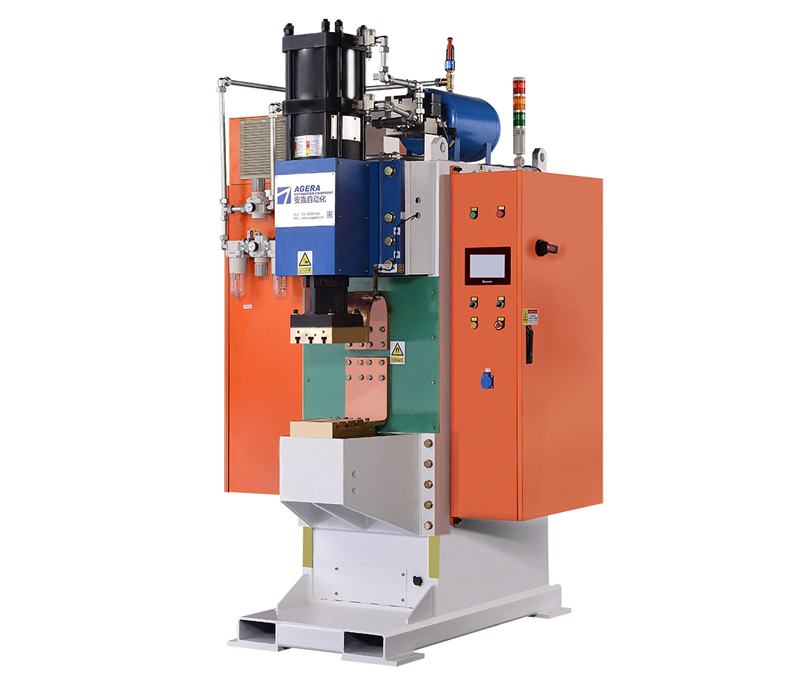Detailed Explanation of Capacitor Energy Storage Spot Welder Welding Settings
Spot welding is a crucial process in manufacturing, enabling the fabrication of durable and precise connections in various industries. One of the key tools for achieving this is the Capacitor Energy Storage Spot Welder, which boasts high efficiency and speed. In this article, we will delve into the intricate details of setting up and using this welding machine, shedding light on the essential parameters that drive successful spot welding.
- Power Supply: To begin with, ensure your spot welder is correctly connected to a stable power supply. Inconsistent power can lead to irregular welds and, in the worst case, machine malfunction.
- Electrode Selection: The choice of electrodes plays a significant role in the quality of spot welds. Select the appropriate electrode material and shape based on the materials you are joining. A good rule of thumb is to use copper electrodes for steel materials and vice versa.
- Electrode Pressure: The pressure applied by the electrodes should be carefully controlled. It should be sufficient to ensure good contact with the materials being welded but not so excessive that it deforms or damages them.
- Weld Time: Adjust the weld time to control the duration of the welding current. Longer times can lead to stronger welds, but it’s crucial not to overdo it, as this can result in excessive heat and potential damage to the materials.
- Welding Current: The welding current is a critical parameter. It determines the heat generated during welding. Ensure that the current is appropriate for the materials you are joining.
- Pulse Settings: Some spot welders offer pulse welding options. This can be advantageous when welding sensitive materials or thin sheets, as it minimizes heat transfer and reduces the risk of deformation.
- Cooling System: Most spot welders come with built-in cooling systems to prevent overheating. Make sure this system is functioning correctly, as overheating can damage the machine and reduce weld quality.
- Safety Measures: Always adhere to safety protocols when using a spot welder. Wear appropriate protective gear, and be cautious of electrical and thermal hazards.
- Monitoring and Quality Control: Regularly inspect the quality of your welds. Make adjustments as needed to ensure that the welds meet the required standards.
- Maintenance: Keep your spot welder well-maintained. Regular cleaning and inspection of components like electrodes, cables, and the cooling system can prolong the machine’s lifespan and maintain welding quality.
In conclusion, the Capacitor Energy Storage Spot Welder is a versatile and efficient tool for various applications. By understanding and correctly setting the parameters mentioned above, you can achieve high-quality spot welds consistently. This knowledge, combined with regular maintenance and a commitment to safety, will ensure that your spot welding operations run smoothly and effectively.
